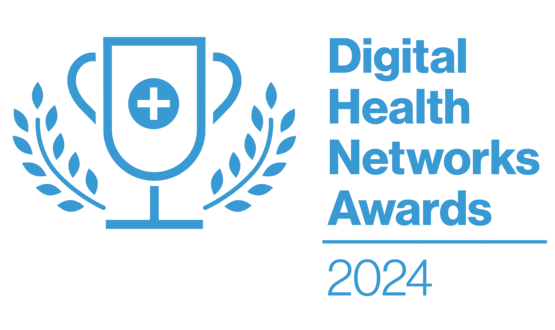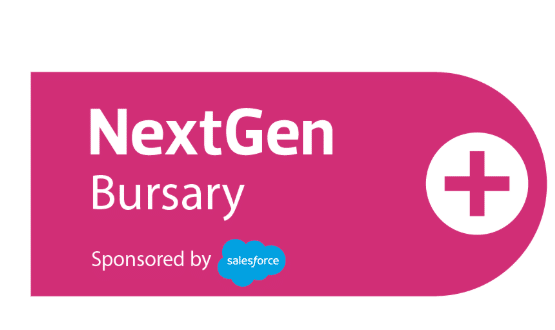EHI CCIO: Take in a new VistA
- 12 April 2012

In my last column for eHealth Insider, I talked about my enthusiasm for open source software, and mentioned that the NHS VistA project looked very promising. So what is VistA?
Well, it is a comprehensive, evidence based, open source healthcare information system with several million users. It was developed by the Veterans’ Health Administration in the US, which provides health and social care to several million ex-service men and women and their families.
Development began in the late 1970s and continues to this day. The project has had, and continues to have, millions of person-hours and dollars of investment.
The American equivalent of the UK Freedom of Information Act bought the software developers’ code into the public domain and VistA became open source.
Today, several large successful commercial vendors sell systems based on VistA by adding proprietary components and/or selling support such as vxVistA, Medsphere, and ClearHealth.
The Jordanian Government recently made a strategic decision to invest in a national programme to roll-out VistA across the whole of Jordan, on the basis of its cost-effectiveness and quality. There are further deployments in countries as diverse as Germany, Mexico, and Finland.
Why does VistA appeal to me as a clinician?
VistA appeals to me as a clinician because of its evidence base and because it has been built with input from clinicians, who have clinical users in mind.
Surveys have shown that VHA staff are so passionate about VistA they are reluctant to work anywhere else! But I can’t imagine missing the IT I have to work with in the NHS, where I have often been frustrated by the poor usability of the software in front of me.
VistA is also highly scalable. If it was deployed at scale in the UK, then there would be additional advantages. We could have a single care record across primary and secondary care and the opportunity to conduct service research at scale.
At the same time, we could have the safety and convenience of a unified system, which would be great. At the moment, junior doctors have to learn several new systems every six to 12 months, when they rotate between hospitals.
As a clinician who codes, having the option to make improvements, and benefit from improvements that others in the international community of VistA users make, would also be a huge boon.
Finally, as a clinician and as a patient, I care deeply about patient safety. At present, I have no way of telling if the software being used to treat patients works as the vendors claim it does.
For all I know, it could be buggy, or even malicious; but because the source code is secret no one can find out. It would be much better to have the source code out in the open, where it can be independently verified as doing what the vendors claim, and checked for bugs.
Why should VistA appeal to NHS trusts?
Open source health care software such as VistA will prove to be a highly strategic investment. The use of open source software represents a competitive advantage and is increasingly standard to industry and government.
One scenario I can see playing out, in the current climate of financial austerity and fierce competition on clinical outcomes, is for a leading foundation trust and an academic health sciences centre to share the initial cost of adapting VistA for use in the NHS.
Freed from on-going software licensing costs, and able to cheaply and rapidly adapt to hitting clinical, quality, and safety outcomes, as well as research targets, the investment would be recouped quickly.
The National Programme for IT in the NHS hasn’t delivered; foundation trusts are empowered to take such procurement decisions; and adopting VistA makes sound business sense – so I’m quite confident it will happen.
What are the barriers to implementing VistA?
The biggest barrier is the need for an initial investment to adapt VistA for the NHS. The grass-roots ‘NHSVistA Campaign’ suggests that this one-off cost could be as high as £15-20m.
Existing NHS IT staff and management may be unfamiliar with open source software. And, since the sale of proprietary healthcare software represents a multibillion dollar industry, they will no doubt encounter any amount of lobbyist generated fear, uncertainty, and doubt against open source.
This may be where chief clinical information officers come in. CCIOs have a responsibility to help their organisations to make the best possible clinical software procurement decisions they can.
There is much to be learnt from CCIOs working aboard, such as those achieving such impressive results is the US Veterans Affairs hospitals with VistA.
The goal must be to engage clinical staff, chief information officers, and chief executives in delivering healthcare information systems that are a joy for clinical staff to use, are cost effective, and improve patient outcomes.




